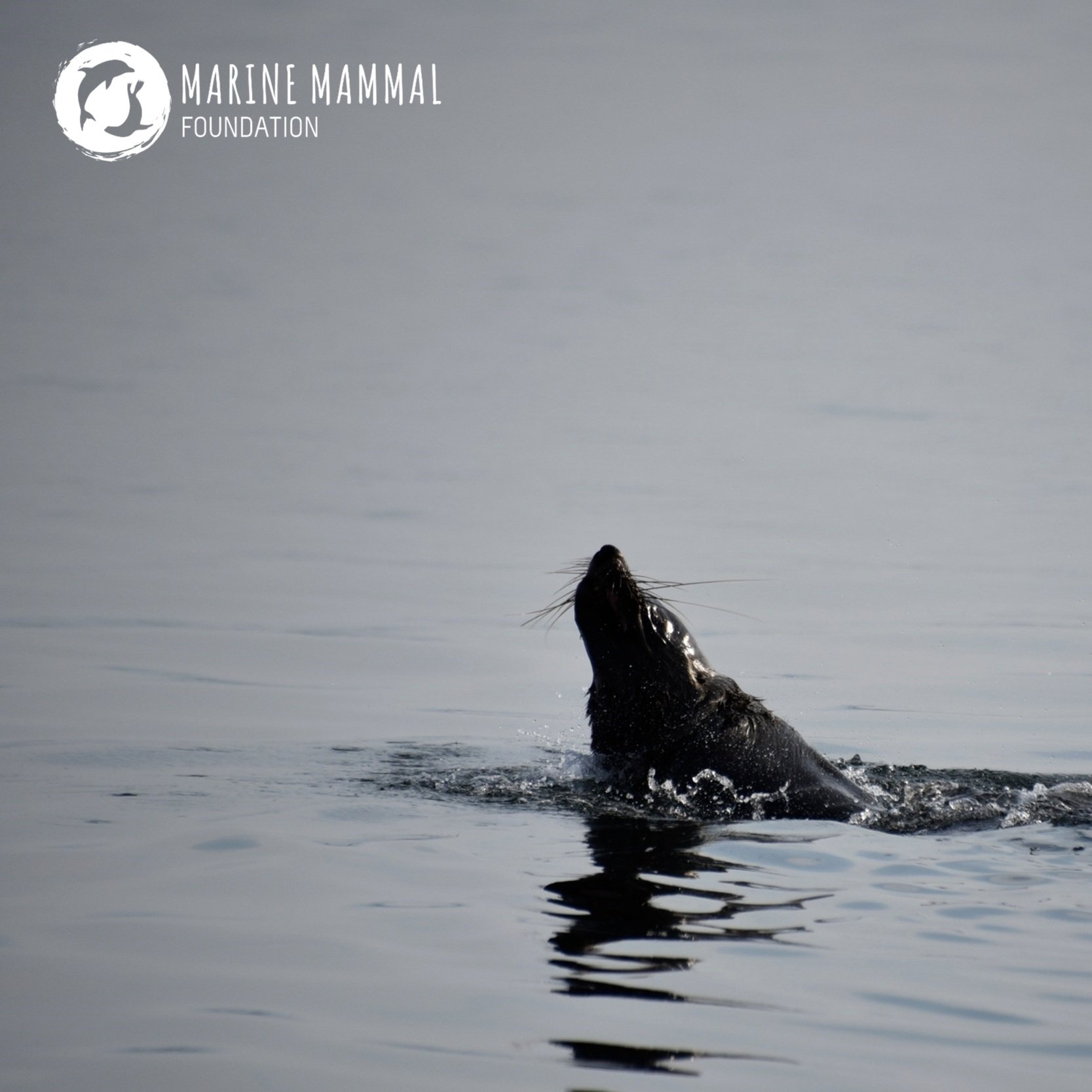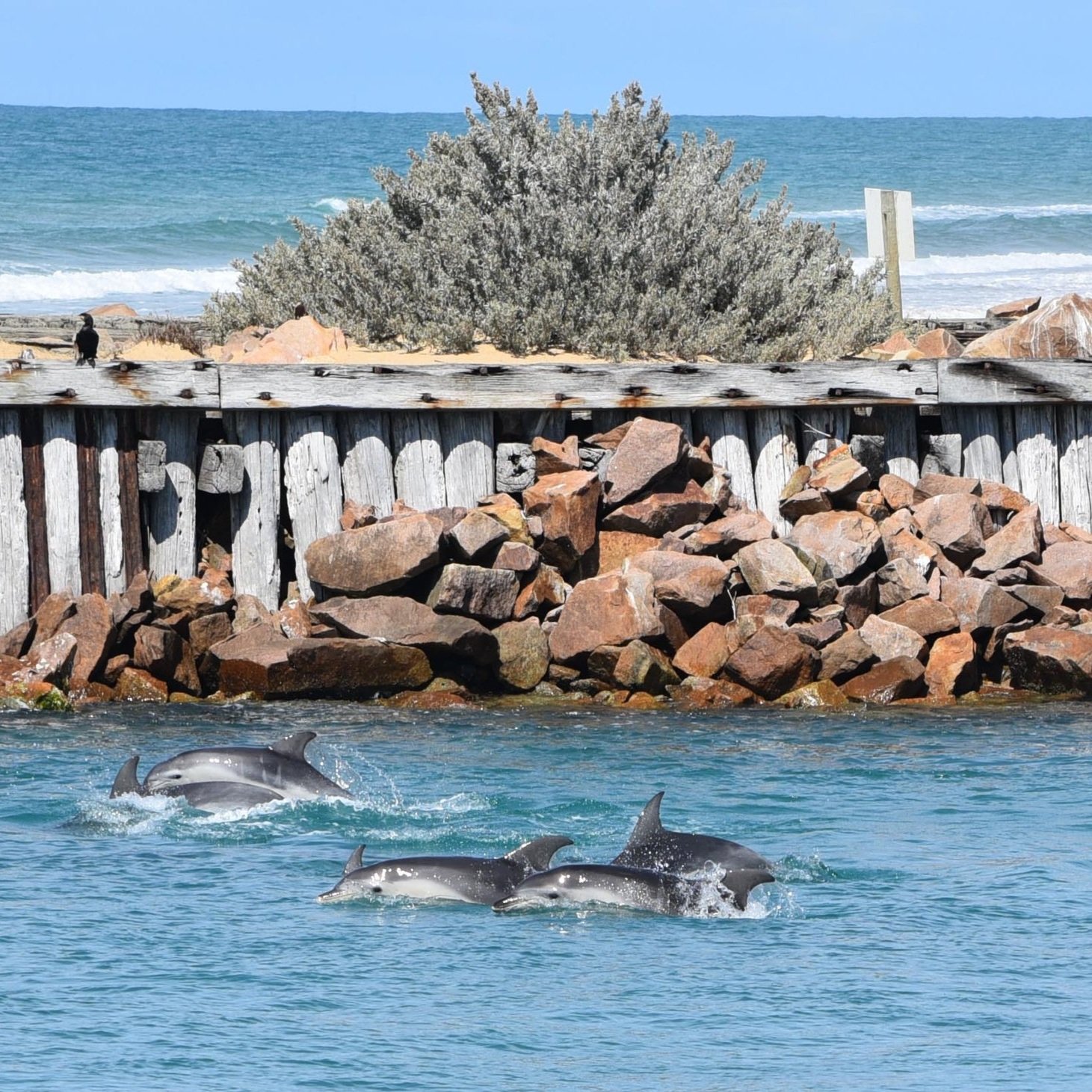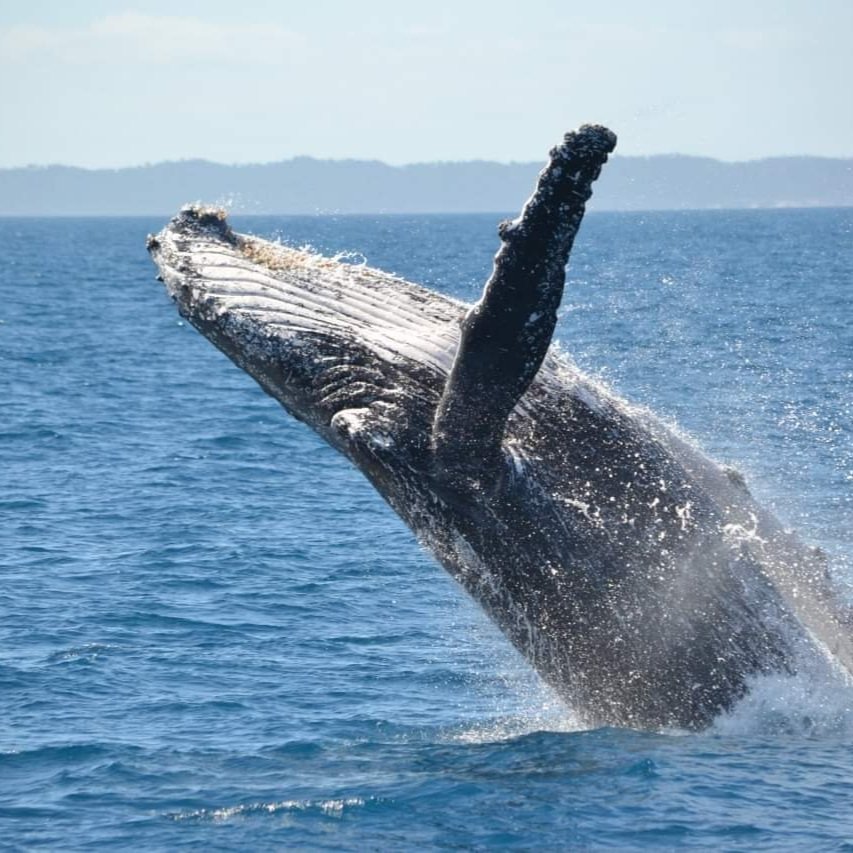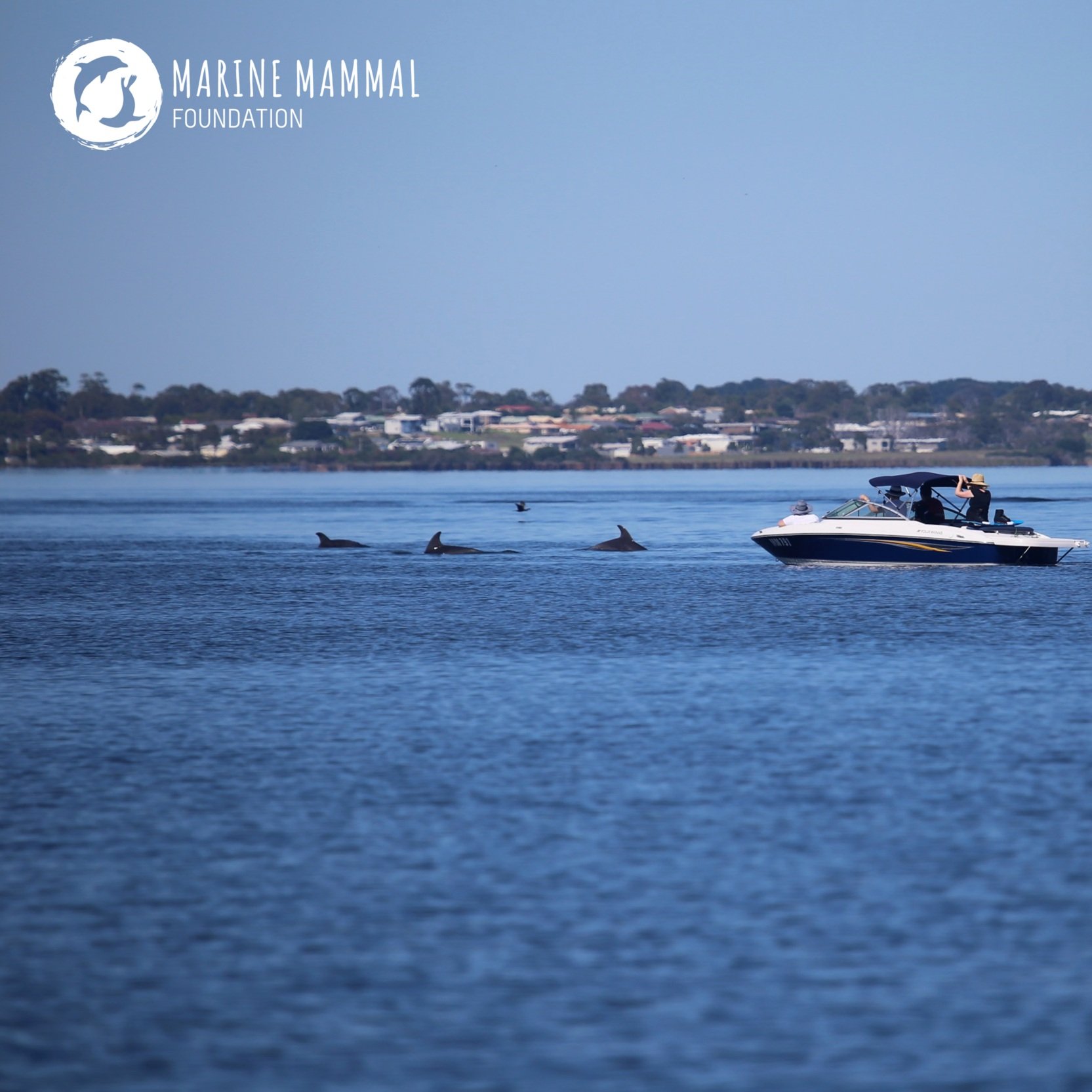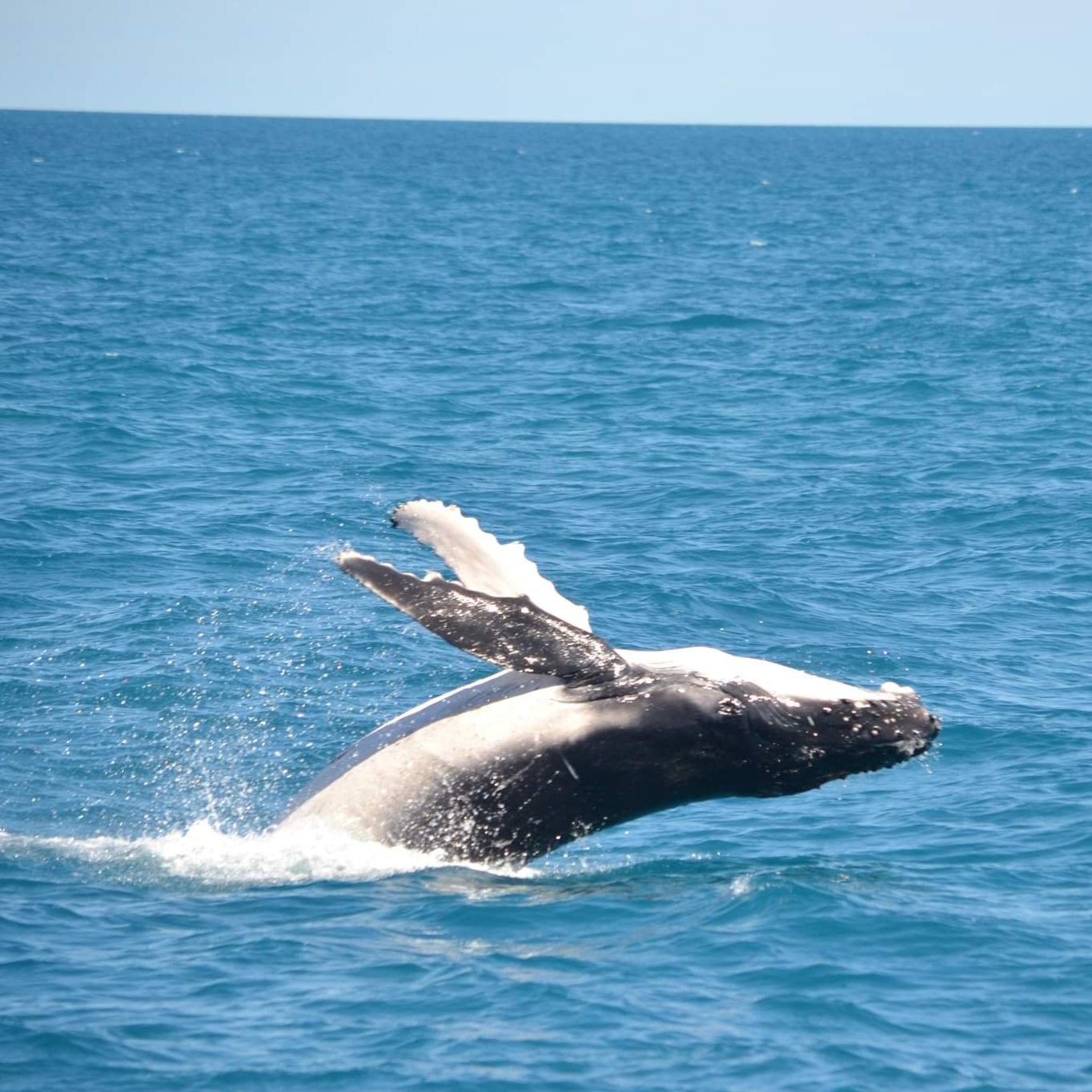Encountering Marine Mammals
Written by Annika Withers, MMF Volunteer
There is no doubt that 2021 has been a rollercoaster of a year, but here at MMF, we are so excited to finally be opening up again! As we come into the last month of the year and into the warmer weather, lots of us are getting out into the sun and travelling around for the holiday season.
For those of us heading out to our coastal spots there’s a chance that you might just see some of our beautiful marine mammals hanging out. While it’s an amazing experience to spot a pod of dolphins in the bay or catch a glimpse of a fur seal out on the rocks, they are still wild animals and there are a few things to keep in mind when spotting or encountering marine wildlife this summer.
How you can help: get your cameras out!
We take a lot of photos of marine mammals at MMF, which we use to help us identify and track individuals and groups. Our researchers try to get out on the water with their cameras as often as possible, but we can’t be everywhere at once. This is where you come in. If you spot a marine mammal while out and about, we would love to know! TrakMM is a MMF initiative that allows the community using Victoria’s waterways to log sightings of marine mammals. With your help, researchers can formally record your sightings and use the data towards our research. If you manage to capture a photo as well, even better! Clear photos of dolphin dorsal fins can help us to identify individuals based on their markings. At this time, we are not able to accept images through our web platform, but if you have images you would like to submit for research purposes, please send them through to sightings@marinemammal.org.au with your name and sighting details. We also have a Facebook page where you can upload photos and list sightings for the community to follow.
This photo is a great example of what we are looking for: it shows a clear image of the dolphin’s dorsal fin and the markings that will help us identify this individual.
Wildlife regulations: be responsible
Even though seeing or encountering a marine mammal is exciting, we still need to be responsible on the water and respect the animals’ space for their safety as well as your own. Marine mammals are protected, and specific approach regulations are in place to ensure everyone’s wellbeing. There are a number of guidelines that correspond to different groups of marine mammals, so let’s break down the basics.
1. Whales and dolphins
The caution zone for vessels is the area within 300m of a whale and 150m of a dolphin. No more than three vessels are allowed within the caution zone at any one time. When in a vessel, do not approach closer than 100m to any whale or dolphin. This gives the animals the choice whether they would like to engage with the vessel, or keep their distance. When leaving whales or dolphins, move off at a slow (no wake) speed to the outer limit of the caution zone (300m) from the closest animal before gradually increasing speed. Whales and dolphins are social animals and may approach your vessel in groups – if this happens, you have a few options; place the engine in neutral if you are stationary and let the animal(s) come to you; slow down and continue on your straight-line course; or steer a straight course away from them. Always be alert when on or near water and carefully move away immediately if there is a sudden change in behaviour of the animal.
2. Seals
Vessels may not approach within 30m of seal haul out sites, swimmers may not approach within 5m, and dogs may not approach within 50m of an individual seal.
3. Drones and helicopters
All aircraft must not approach within 500 vertical metres, or within a 500 metre radius of a whale, dolphin or seal. Aircraft must avoid approaching marine mammals head on, avoid flying overhead, or passing aircraft shadows over marine mammals.
These standards and regulations apply to commonwealth waters, three nautical miles from the coastline and are enforced by the Department of Environment, Land, Water, and Planning (DELWP). More information and details about approach regulations can be found here.

